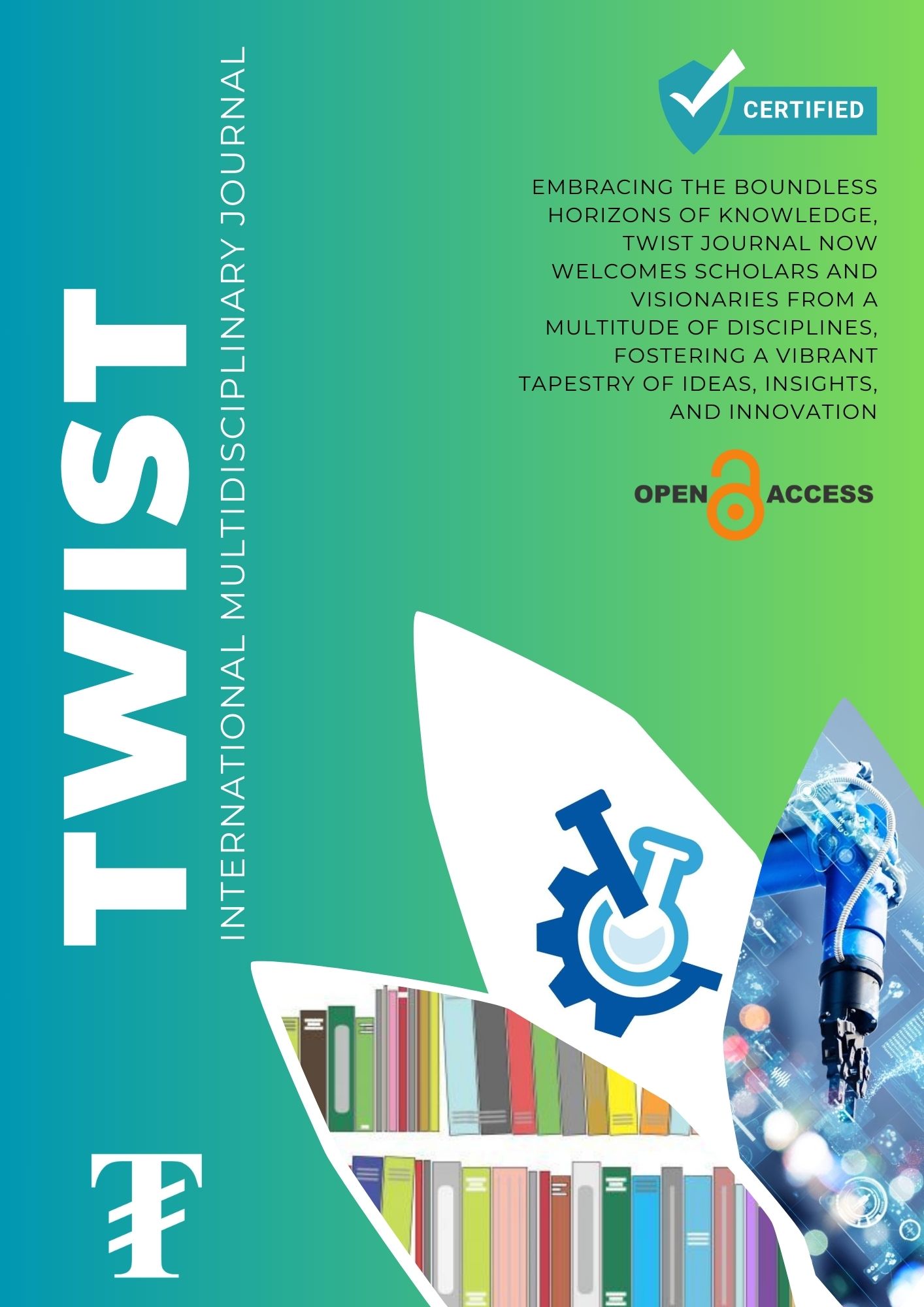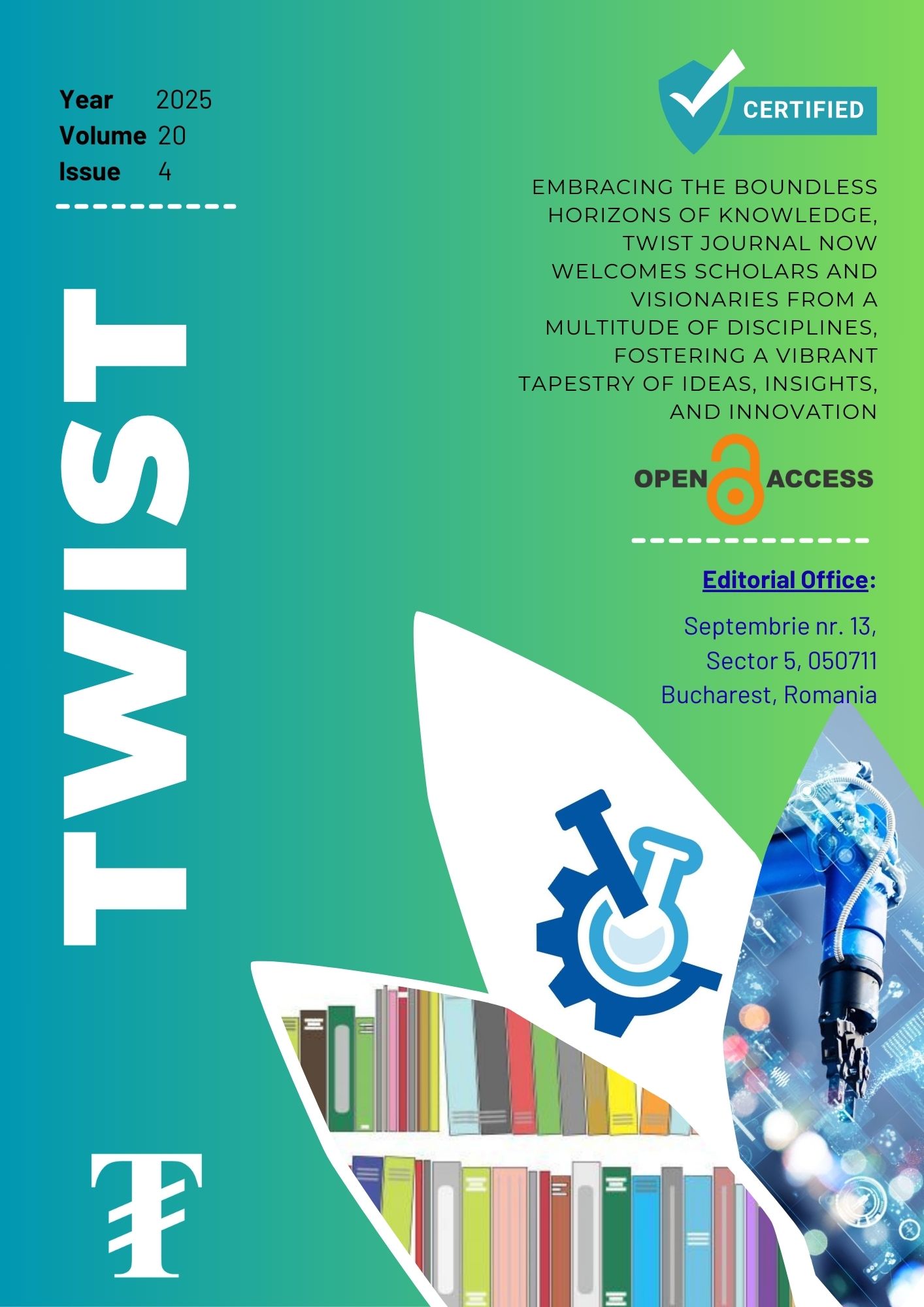The Contributing Elements in the Development of Vesicovaginal Fistula
Keywords:
Obstructed labour, Vesicovaginal fistula, Birth attendants, Healthcare, HerbsAbstract
The elements that contribute to the development of Vesico-vaginal Fistula (VVF) were investigated qualitatively in this study. VVF patients and medical workers were among the 29 participants in the study, which took place at the University of Ilorin Teaching Hospital (UITH). In-depth and key informant discussions were held with the sampled participants. Majority of the VVF patients and their spouses were from impoverished rural communities; they were relatively young and very steeped in social environmental norms with little or no formal education. They have virtually no experience to manage their domestic and emerging health matters. The findings further revealed that the birth delivery that led to VVF did not take place in the formal medical setting. Other factors included inadequacy of maternal healthcare services, poor/delayed utilization of existing healthcare services, poverty and gender discrimination within the family, undernutrition and poor physical development, poor access to or outright lack of education, and low status and powerlessness of the VVF victims. Accessibility (distance, time, and expense), acceptance (cultural traditions, women's position, faith in contemporary health care), and flexibility were among the problems faced by those living with Vesicovaginal Fistula in the process of managing this medical condition.
Downloads
Downloads
Published
Issue
Section
License
Copyright (c) 2023 TWIST

This work is licensed under a Creative Commons Attribution-NonCommercial-ShareAlike 4.0 International License.











